March 11, 2021
The meticulous attention paid to the art of drinking tea speaks clearly to the wabi sabi movement and to slow intentional living. Having a deeper understanding of the wabi sabi tea ritual can help you have a deeper understanding of the roots of the wabi sabi interior design movement.
I have not had the honor of attending a tea ceremony, as my trip to Japan in April of 2020 was canceled; However, I found these steps from Republic of Tea.
Steps of the Wabi Sabi Tea Ceremony:
Step 1: Invitations
The first step in hosting a Japanese Tea Ceremony is inviting your guests.
The hosts consider the atmosphere of serenity and harmony when preparing the guest list.
Step 2: Preparing the Ceremony Room
A traditional Japanese Tea Ceremony involves preparing the room according to the season and the event’s time. For simplicity, a basic tea ceremony can include cleaning the room and ensuring that all supplies are available.
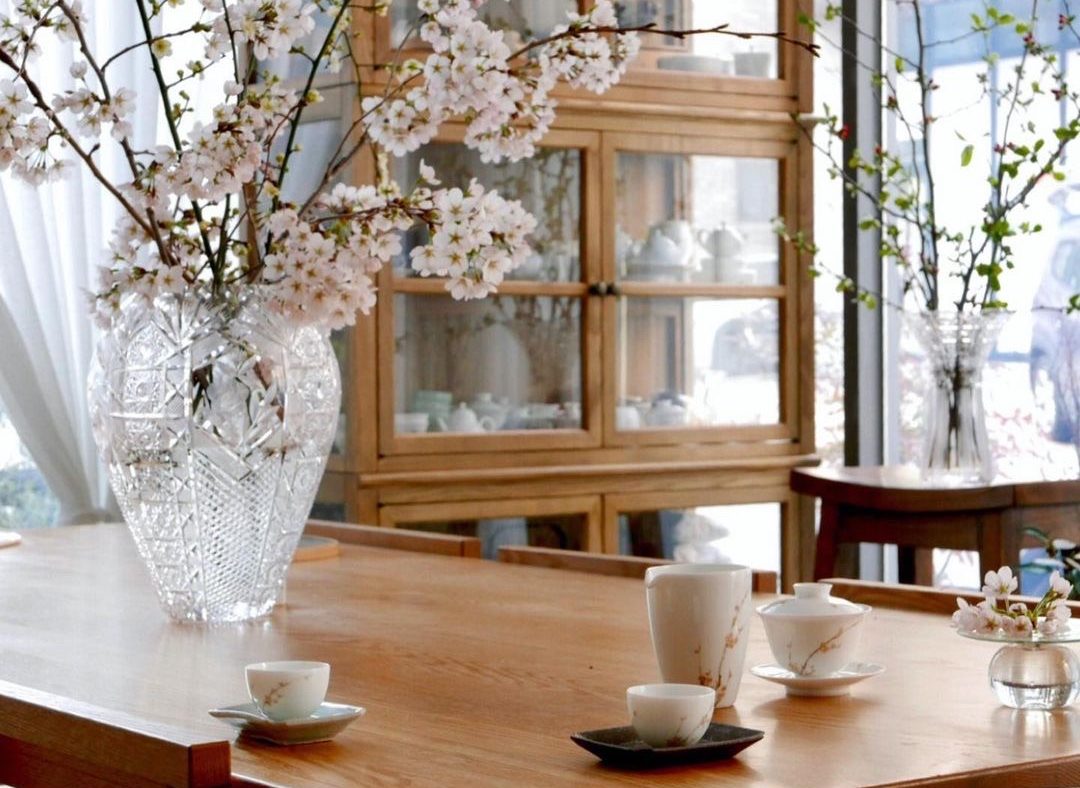
via @maison_de_silk
Step 3: Receiving the Guests
When guests arrive at a tea ceremony, they will typically wait until the host formally invites them into the tea room. After being announced, the guests will remove their shoes and enter the room. They will then proceed to wash their hands as a symbol of purifying themselves. Guests are then seated according to rank. Once the guests are seated, the host will then formally acknowledge each guest. If Japanese sweets are part of the offering at the tea ceremony, they are served at this time.
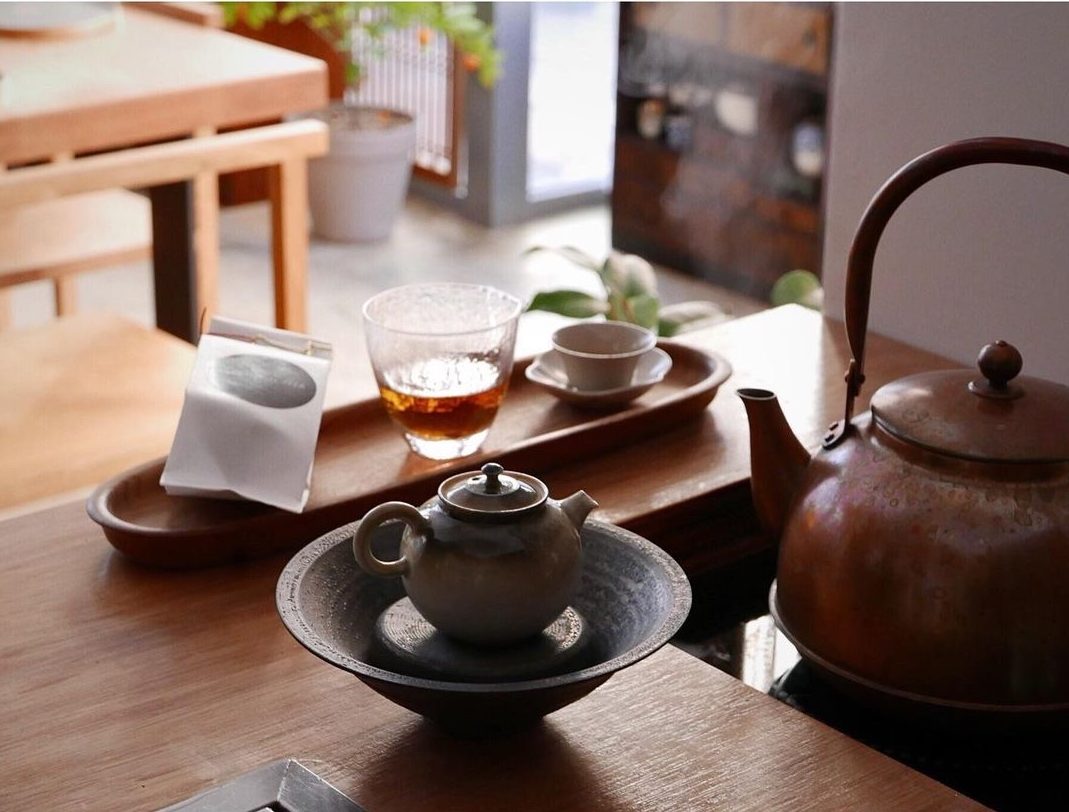
via @maison_de_silk
Step 4: Cleansing of the Tools
Once guests settle, the host will bring in the Japanese tea ceremony set. The host will proceed to ritually cleanse each tool, including the tea bowl and whisk.
Step 5: Preparing Thick Matcha Tea
Following the tea tools’ cleansing, the host will prepare a thick matcha tea in the tea bowl. Thick matcha tea, also known as “koicha matcha,” is blended in a ratio of 3:1, 3 tsp matcha to 1 cup hot water. This thick tea is kneaded with the matcha whisk and is then passed to the guest of honor to take a sip. The guest will then clean the bowl with their fukusa or kaishi (cloth or napkin) and then pass the tea bowl to the second guest. This ritual continues until everyone has had an opportunity to drink from the same tea bowl. It is common for each guest to compliment the host while sampling the tea.
Once everyone has sampled the thick matcha tea, it returns to the host for cleaning. This stage will end the formal portion of the tea ceremony.
Step 6: Preparing Thin Matcha Tea
At this time, the host will prepare thin matcha tea, known as “usucha matcha.” This matcha blended tea this time is in a ratio of 1:1, 1 tsp matcha to 1 cup hot water and is whipped with the bamboo whisk until frothy before being served to guests. When confections are served, they are done again at this time.
Step 7: Cleansing of the Tools
After all of the guests have sampled the thin matcha tea, the host will clean the tea set a third time. It is common for the guest of honor to request to examine the utensils and examine the tools’ craftsmanship. Often these are passed around for admiration as sometimes these tools are priceless antiques.
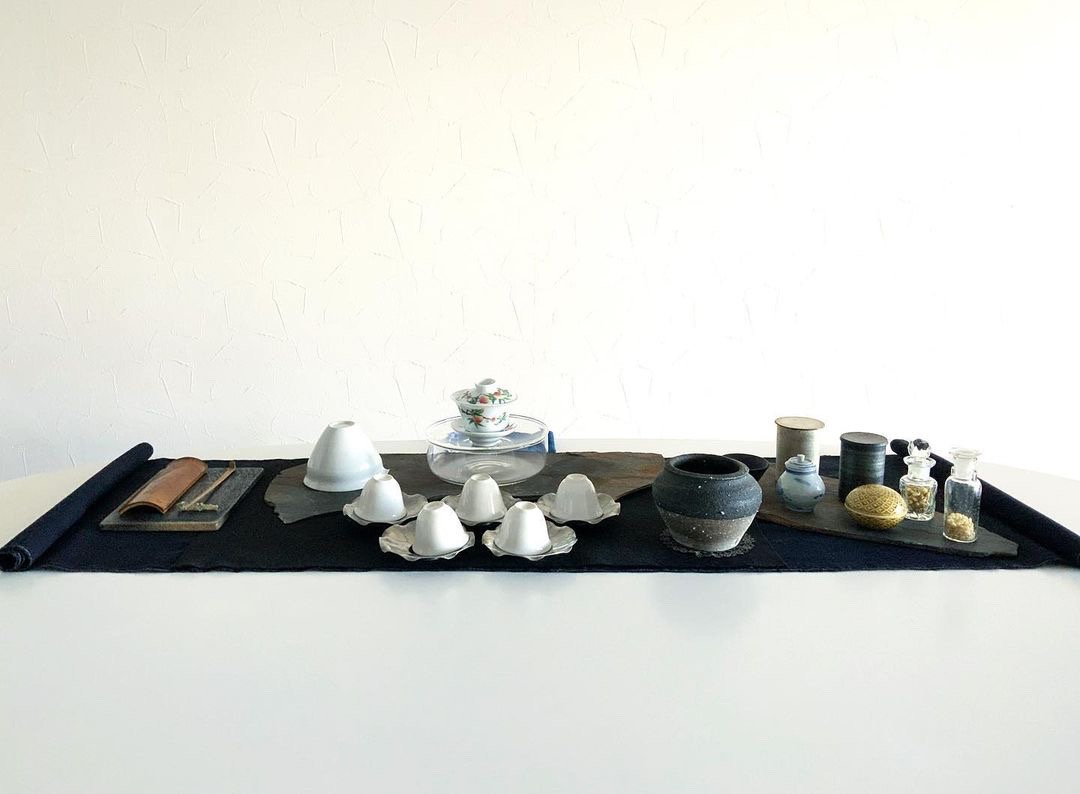
via @fujibana
Step 8: Guests Depart
Finally, the tea ceremony comes to a close, and guests will depart the tea house. The host bows to each guest as they leave. A typical ceremony can last up to 4 hours, depending on the season and the type of meal served.
The world of Japanese Tea Ceremonies is an extraordinarily complex and evolving subject. It involves precise attention to detail (mindfulness), priceless antiques passed down from generations and a deep-seated spirituality. But with a few tools and the close company of friends and family, you too can host your Japanese style Tea Ceremony at home.
Someday soon travel will open up again and we will all be able to experience the treasures found in those travels. I for one can’t wait to hit the road and discover the teachings that other cultures have to share. We are all so much richer for it. Until then we will have to create those experiences in our homes and dream of the adventures to come.
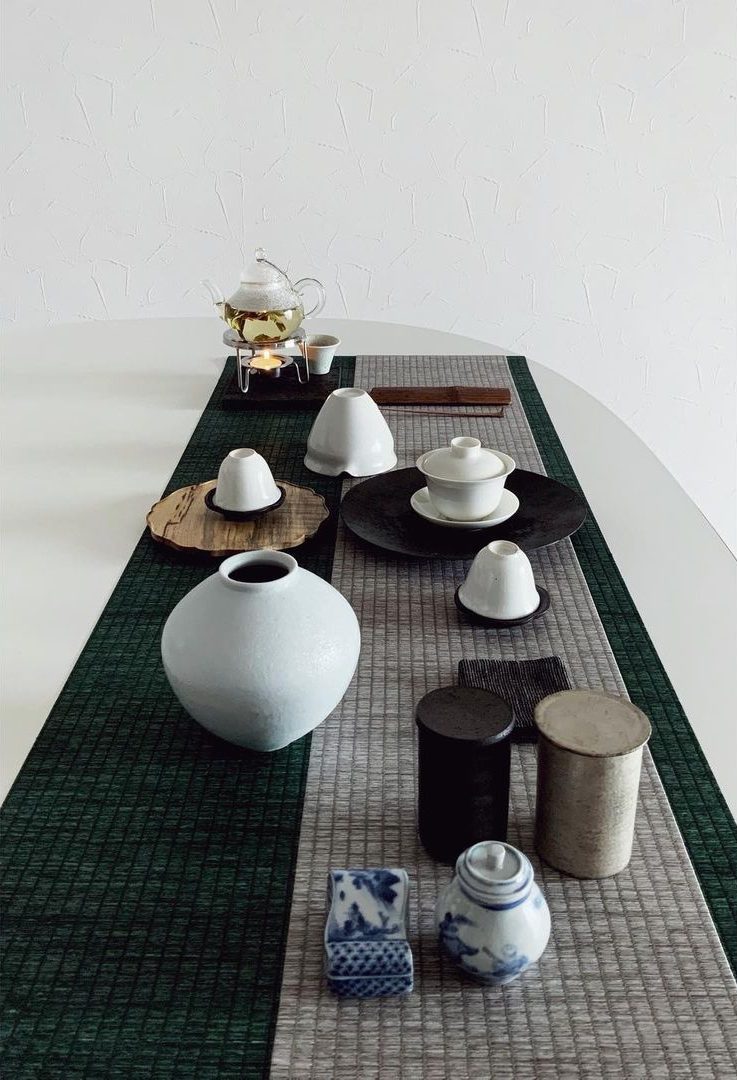
photo from @fujibana
Click here for a matcha recipe that fits your morning routine, or read more about Wabi-Sabi Interior Design.
Vikki Werbalowsky
Wabi Sabi Tea Ritual
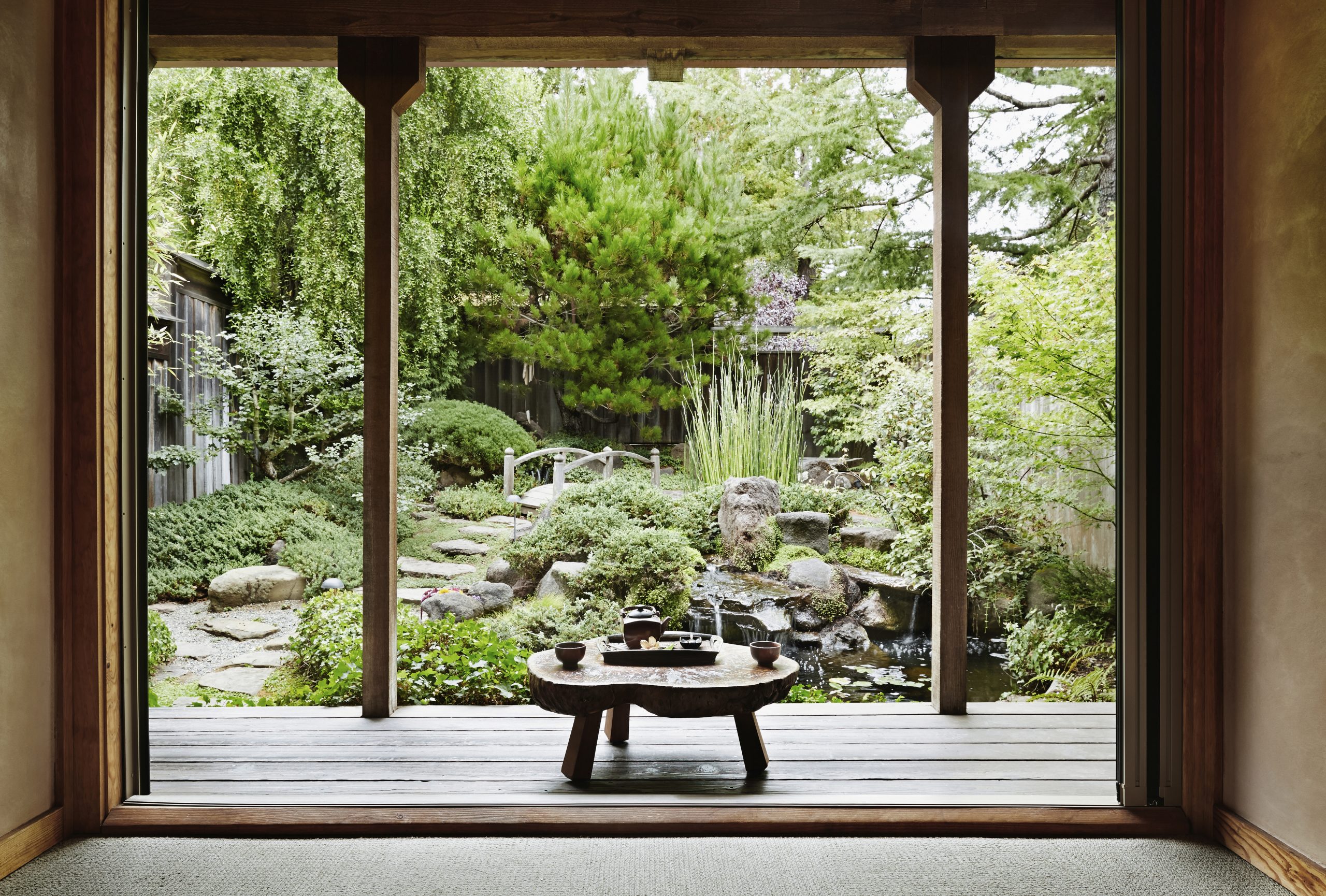
Leave a Reply Cancel reply
About
Blog
Portfolio
hello@labellavie.com
Copyright © 2020 La Bella Vie | All Rights Reserved
Contact
Join Our Newsletter
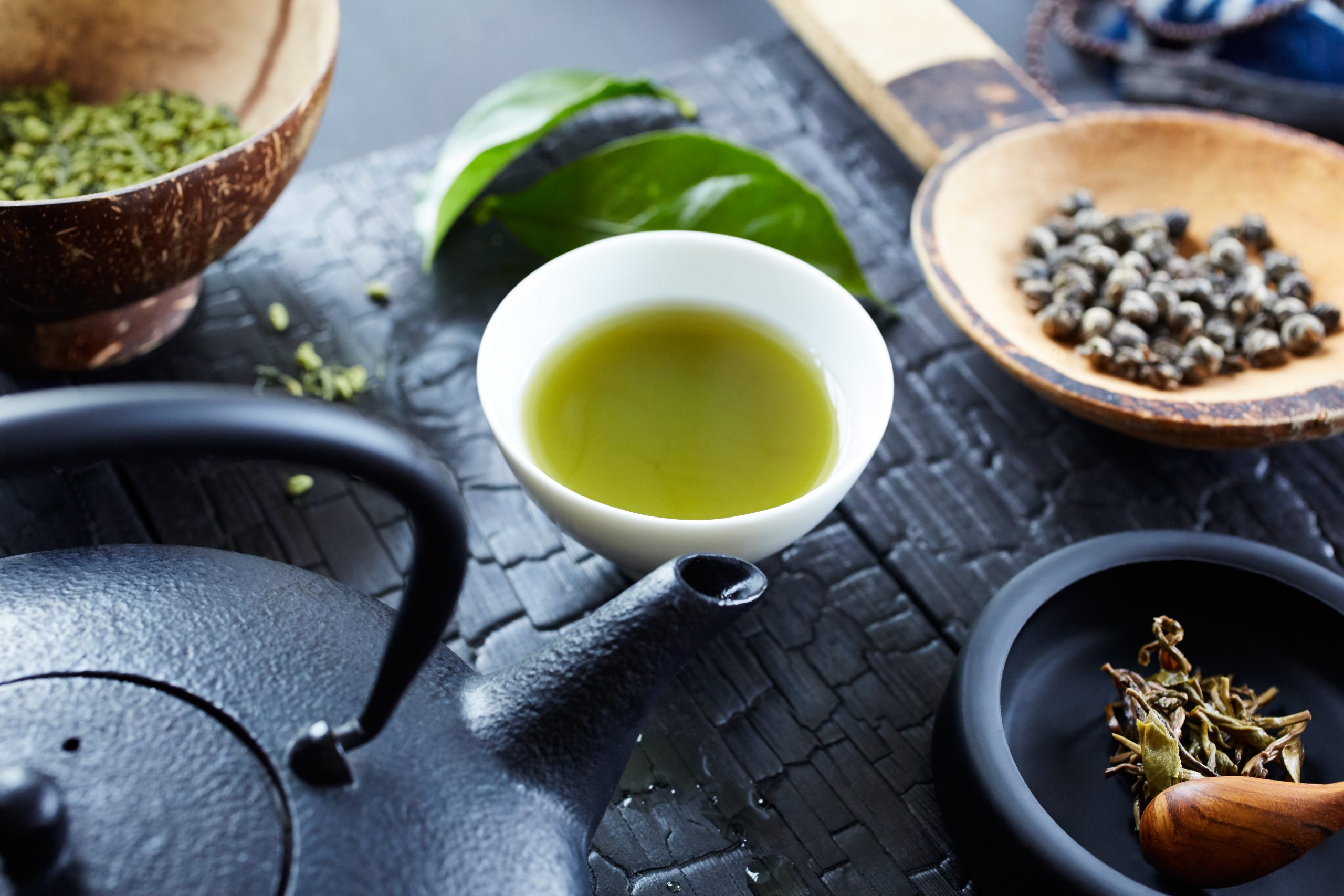
[…] You can find these wabi sabi mindsets practiced in the Japanese Tea Ceremony. It’s a ritual that celebrates the beauty of time and place, honoring objects, tea and the people who join. Read more about the intention of this ceremony and the thoughtful items involved here. […]
[…] are two types of matcha, one is ceremonial grade and is of superior quality, often used in the Japanese tea ceremonies and best for drinking. The second is culinary grade, used as a natural food dye and added to […]
[…] Similarly, tea ceremonies require an intention and highlight process. For further reading on living slowly and with intention, here. […]